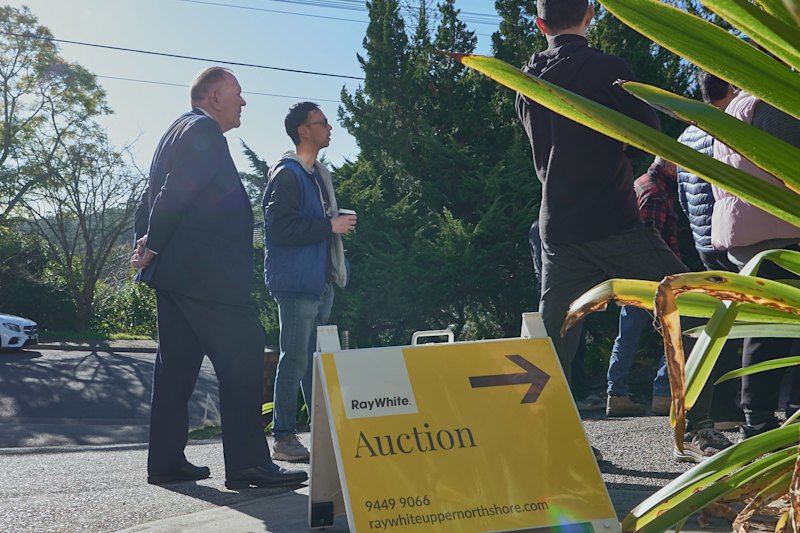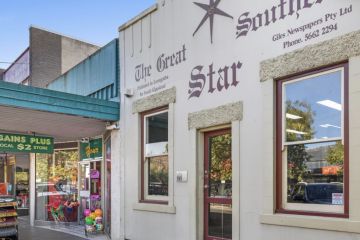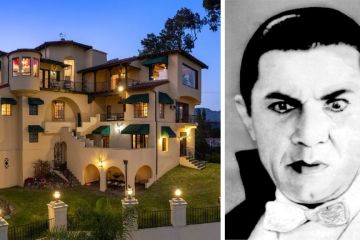This is how Canberra street names are chosen
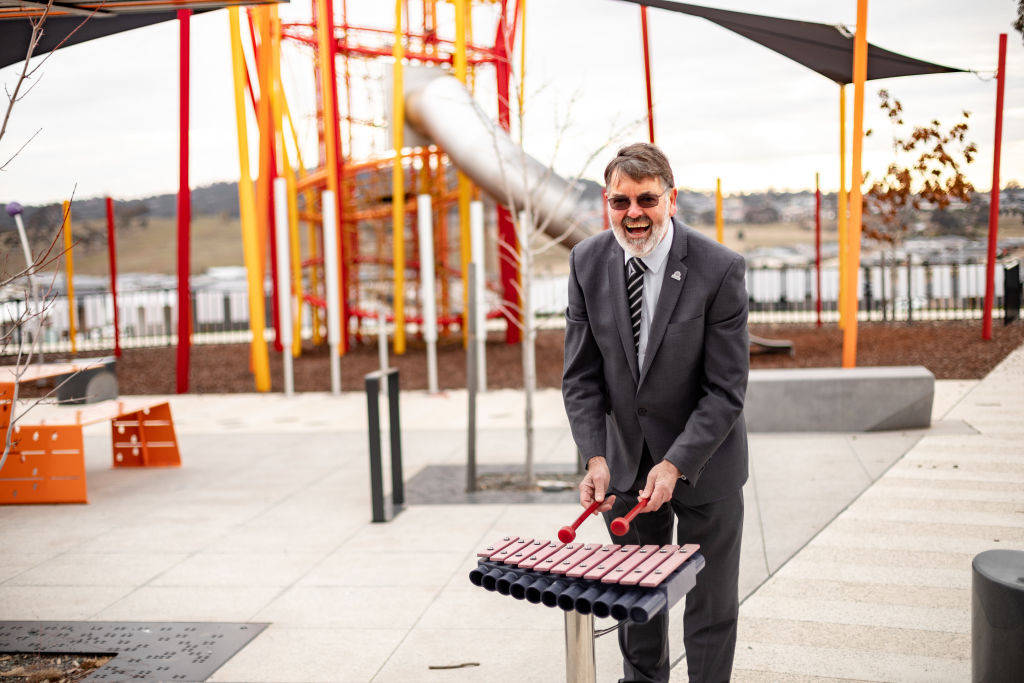
Bogan Place, Sanger Street, Iron Knob Street, Love Street.
Canberra is full of interesting and wonderful street names (that sometimes deserve a double-take, no doubt).
But have you ever wondered how the roads of our great city are named? Much like how presents don’t just appear beneath our Christmas trees, someone must be tasked with the job.
Cue Jeff Brown, Surveyor-General of the ACT and co-chair of the ACT Place Names Committee – a minister-appointed committee which provides advice to establish policies for the naming of “Place Names”; that is, suburbs and public places on territory land in the ACT.
In short, the committee – which is a made up of subject experts like historians, Aboriginal and Torres Strait Islander representatives, surveyors, community representatives and the like – helps to determine the name of Canberra’s roads and suburbs under the Public Place Names Act 1989 and the Public Place Names Guidelines.
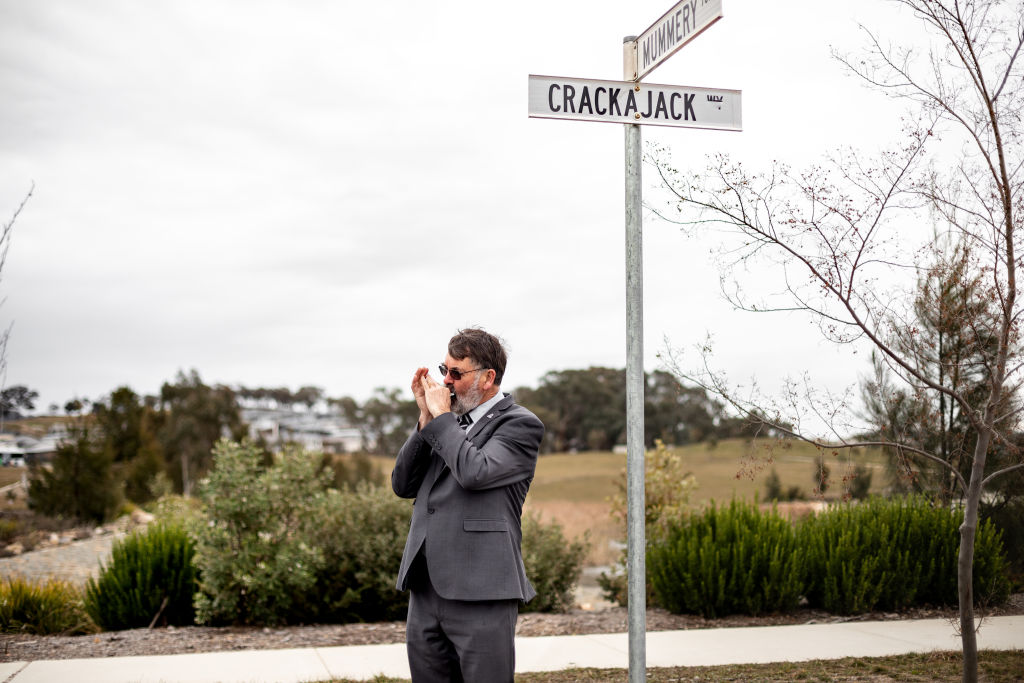
So, how exactly does it work?
“Through research, of course,” says Brown.
“The committee searches for people who have significantly contributed to Australia in some way shape or form, or names that are truly representative of Australia, like Aboriginal and Torres Strait Islander words or flora and fauna.
“Some may be well known, while others may be quiet achievers, but really, it all comes down to commemorating Australians and Australia.”
In the ACT, most suburbs have been prescribed a particular theme, which helps to determine what the street names will be.
Take Wright for example, which was named after Judith Wright, a poet, environmentalist and Aboriginal land rights advocate. The suburb’s theme is the environment, poets and butterflies, which is obvious when you think about streets like Steve Irwin Avenue and Xenica Street (a butterfly of the Brindabellas).
Then there’s Taylor, named after Florence Mary Taylor, Australia’s first female architect, where the theme for the suburb is architecture, town planning and urban design. Or Throsby, named after Charles Throsby, a ship’s surgeon and local explorer, with street names based on native fauna.
Among many other suburbs, Brown is pleased to have been heavily involved in the naming of public places in Moncrieff.
Named after Gladys Lillian Moncrieff, an Australian singer and entertainer who rose to fame performing on theatre stages across the nation and around the world, the theme for Moncrieff’s streets is music. Even the suburb’s parks have a musical undertone.
“One of the most interesting street names in Moncrieff would have to be Yidaki Way,” says Brown
“Yidaki is the Aboriginal term for a wind instrument of the Yolngu people of the Northern Territory, which is made from hollow logs.
“People would commonly know this as the digeridoo, but that’s actually the English word for the instrument, which was named as such because of the sound it makes.”
Another of Brown’s favourites is Crackajack Way, named after a brand of mouth organs.
“Normally we would steer clear of brand names, but these instruments had a short lifespan and a big influence on the Australian music scene between 1902 to 1938,” he says.
“Street names often commemorate otherwise unknown parts of history. That’s one of the greatest things about them. They recognise and record people, plants and animals that might otherwise be lost in history.”
The general public also has the opportunity to help name the streets of Canberra by proposing a name for commemoration via the Environment, Planning and Sustainable Development Directorate. Keep in mind that the person you’re nominating must have been deceased for at least 12 months, which quickly rules out the idea of nominating yourself.
And if you’d ever like to find out how a place name came to fruition, you can always look up its origin via ACTmapi.gov.au.
To save you some time, Iron Knob Street is named after the town associated with an iron ore mine in a hill (or “knob”) in South Australia, relating to Fyshwick’s industrial towns theme. And Sanger Street in Franklin commemorates author and haematologist, Doctor Ruth Sanger, and is not an ode to the Aussie slang term for sandwich.
We recommend
States
Capital Cities
Capital Cities - Rentals
Popular Areas
Allhomes
More

